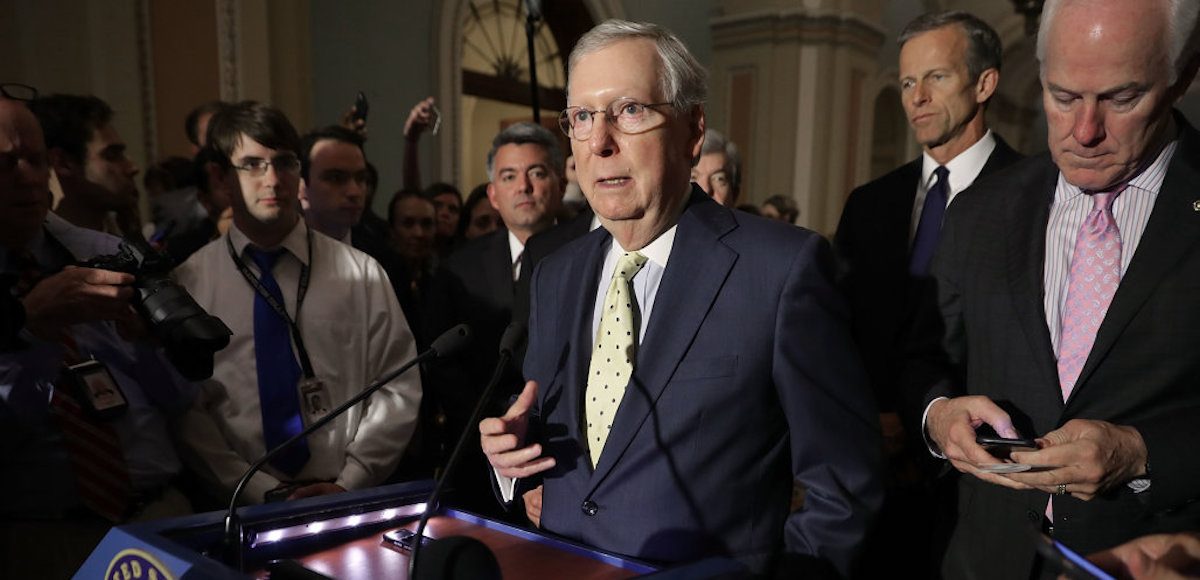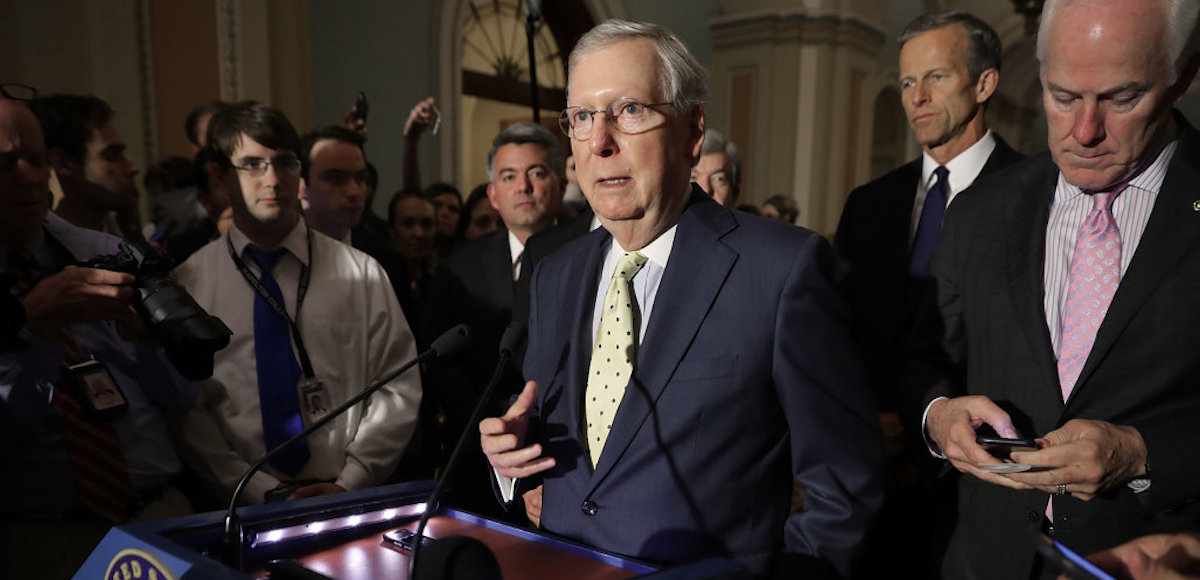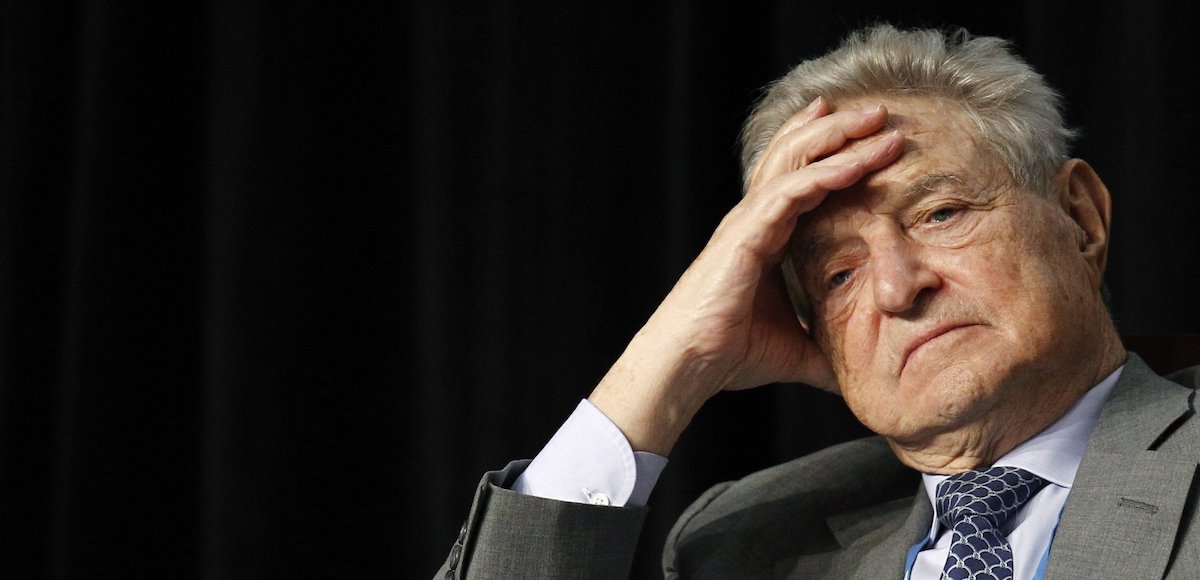
Soros Fund Management Chairman George Soros, the Hungarian billionaire financier and former Nazi collaborator. (Photo: Reuters)
A White House petition to “declare George Soros a terrorist and seize all of his related organizations’ assets” has reached over 100,000 signatures within 30 days, a threshold requiring a response from the Trump Administration.
The petition claims “Soros has willfully and on an ongoing basis attempted to destabilize and otherwise commit acts of sedition against the United States and its citizens,” adding that he “has created and funded dozens of discrete organizations” which use “terrorist tactics to facilitate the collapse of the systems and Constitutional government of the United States.”
It further states Soros “has developed unhealthy and undue influence over the entire Democrat Party and a large portion of the U.S. Federal government.”
Soros, a leftwing billionaire financier from Hungary has long been an ardent backer of the Democratic Party in the United States (US). He has funded some of the most radical movements the nation has seen including the increasingly violent, so-called Anti-Fascist movement known as Antifa.
The group, which was caught on video attacking journalists and Trump supporters at Berkeley last week, was officially designated a terrorist organization by the Department of Homeland Security (DHS).
Ironically, Soros, who comes from an anti-Semitic Jewish family in Hungary, was himself a Nazi collaborator.
“My mother was quite anti-Semitic, and ashamed of being Jewish,” he told The New Yorker in an interview. “Given the culture in which one lived, being Jewish was a clear-cut stigma, disadvantage, a handicap-and, therefore, there was always the desire to transcend it, to escape it.”
In the same interview, Soros flatly admitted he did not feel any remorse “about confiscating property from Jews as a teenager.”
“I don’t deny the Jews their right to a national existence,” he said. “But I don’t want to be part of it.”
His home country has become openly hostile to him as a result of his activities.
In April, Hungarian President János Áder signed into law a bill that detractors claim targets Central European University (CEU) in Budapest, established by Soros after the fall of the Iron Curtain in the 1990s. The bill forces any education institution to close if it does not have a campus in the country of origin.
Central European University said it “strongly disagreed” with President Janos Ader’s decision and vowed to challenge what it called a “premeditated political attack on a free institution.” Critics say Hungary has been targeting non-governmental organizations, or NGOs, which originate in foreign countries to include groups tied to Soros, who has spent hundreds of millions of dollars in Eastern Europe pushing civil unrest disguised in the global media as a progressive agenda.
The Media Research Center (MRC) reported in 2011 Soros has ties to more than 30 news outlets in the mainstream media and funded Pro-Publica’s Journalism Advisory Board. It’s little wonder why Big Media refers to Antifa as “counter-protestors” or even “peace activists,” as Reuters outrageously tweeted last week.
CNN in a recent featured story went so far as to openly justify Antifa violence. As Breitbart News underscored, “CNN lays out the narrative that the leftist protesters are driven to violence in an effort to achieve peace.”
The White House petition requests the Trump Administration “immediately declare George Soros and all of his organizations and staff members to be domestic terrorists.” They propose the Justice Department (DOJ) use the Racketeer Influenced and Corrupt Organizations Act (RICO) and the National Defense Authorization Act (NDAA) to “have all of his personal and organizational wealth and assets seized” under civil asset forfeiture.
Soros began plotting and funding efforts against President Donald Trump and his agenda in the days immediately following his election last November. He met with top Democrats in Washington D.C. the week after the election on the first of a 3-day conference to discuss how Democrats can stop President Trump during his first 100 days in office.
Most disconcerting, the so-called “Democracy Alliance” meeting at the Mandarin Oriental hotel boasted the attendance of House Minority Leader Nancy Pelosi, D-Calif., Sen. Elizabeth Warren, D-Mass., and Rep. Keith Ellison, D-Minn., among others.
His funding resulted in “private and confidential” plans revealed in a document published by Media Equalizer. It’s a a product of a collaboration between Media Matters, American Bridge, the Citizens for Responsibility and Ethics in Washington (CREW) and Shareblue. It plotted mass protests that turned into violent mob clashes, as well as efforts to impeach President Trump and to discredit non-liberal media outlets.
He also funded the so-called Women’s March movement that was led by radical Islamists Linda Sarsour and Rasmea Yousef Odeh. The former called for “jihad” against President Trump and, most recently, was caught raising funds for a radical leftwing group claiming to be contributing to Hurricane Harvey relief efforts.
The latter is a Palestinian “activist” who was convicted in a 1969 Jerusalem terrorist bombing that left two Israeli men dead. Of the march’s 544 partners, 100 groups received funding from Soros that totaled $246 million. Soros’ Open Society Foundation (OSF) also gave at least $33 million to Black Lives Matter (BLM) groups in one year, according to The Washington Times.
The White House has 60 days to respond to the petition.
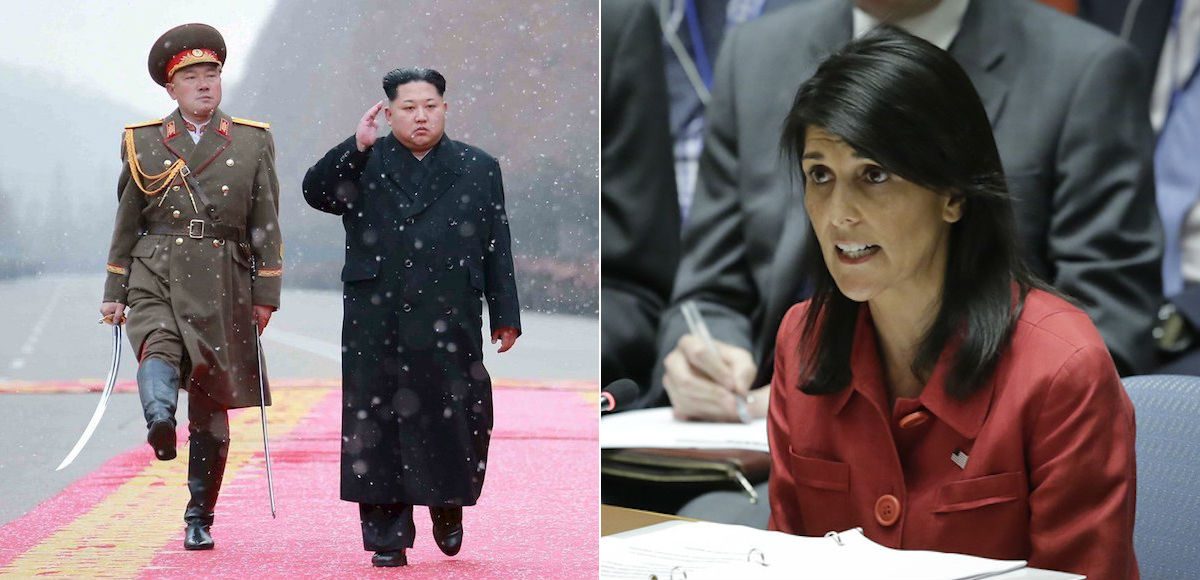
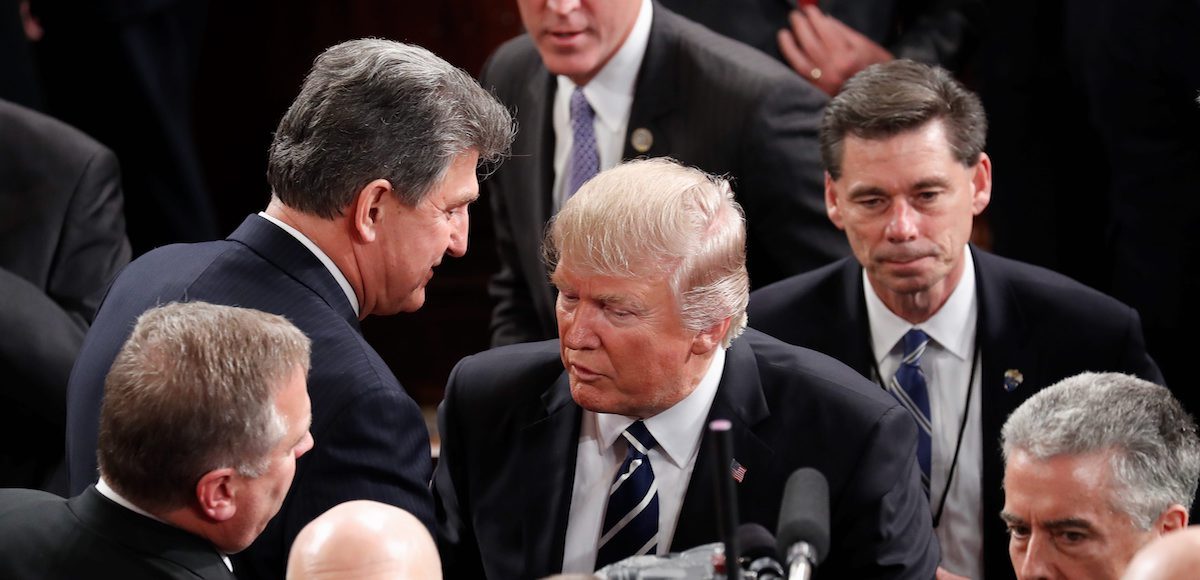
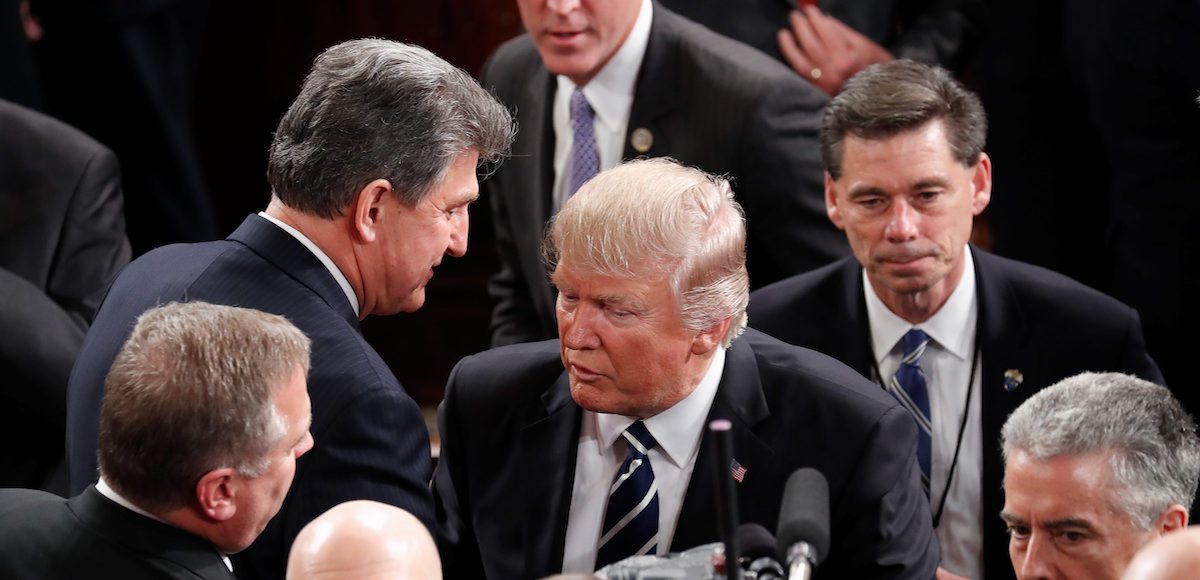
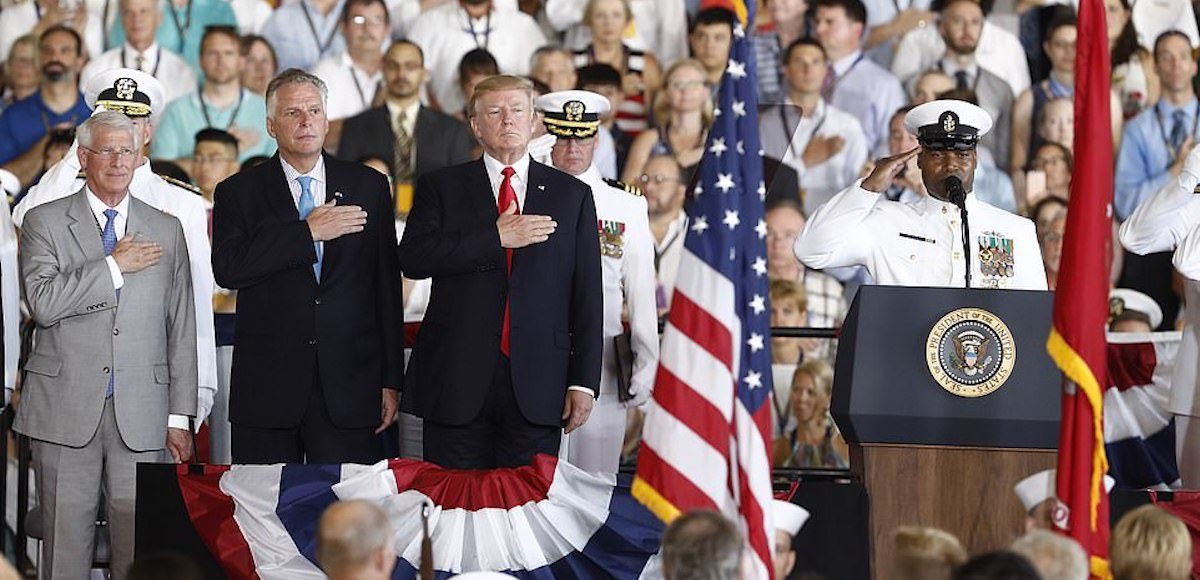

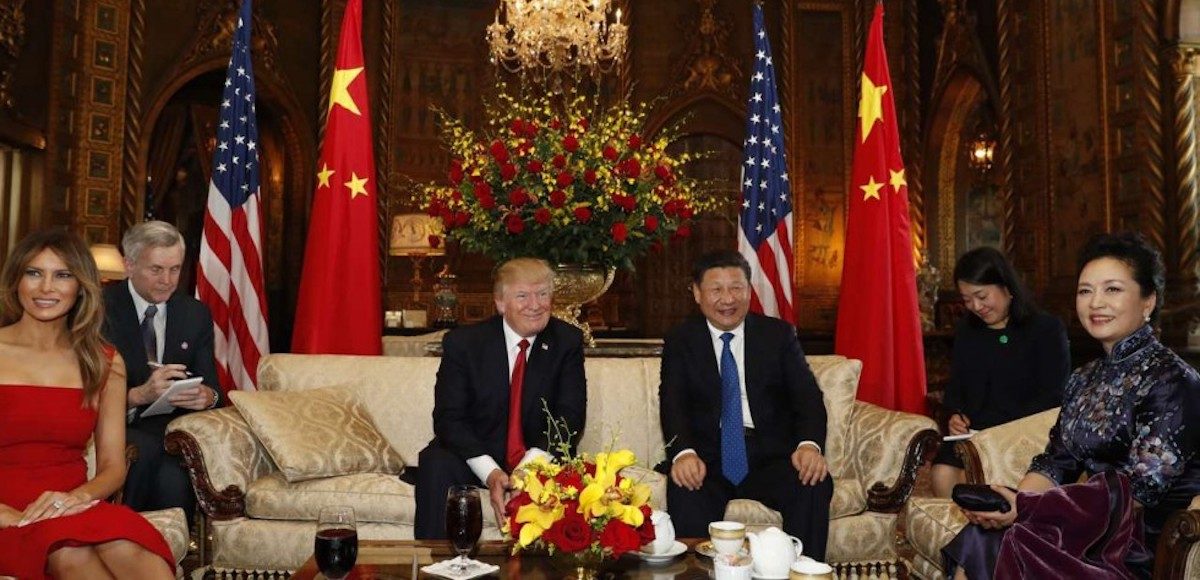
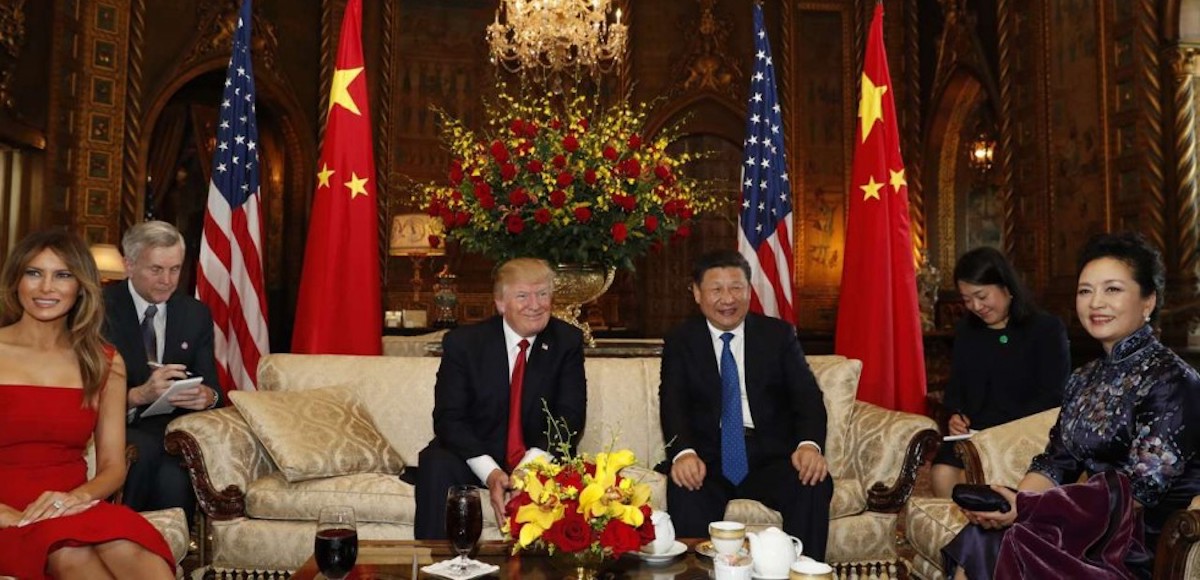
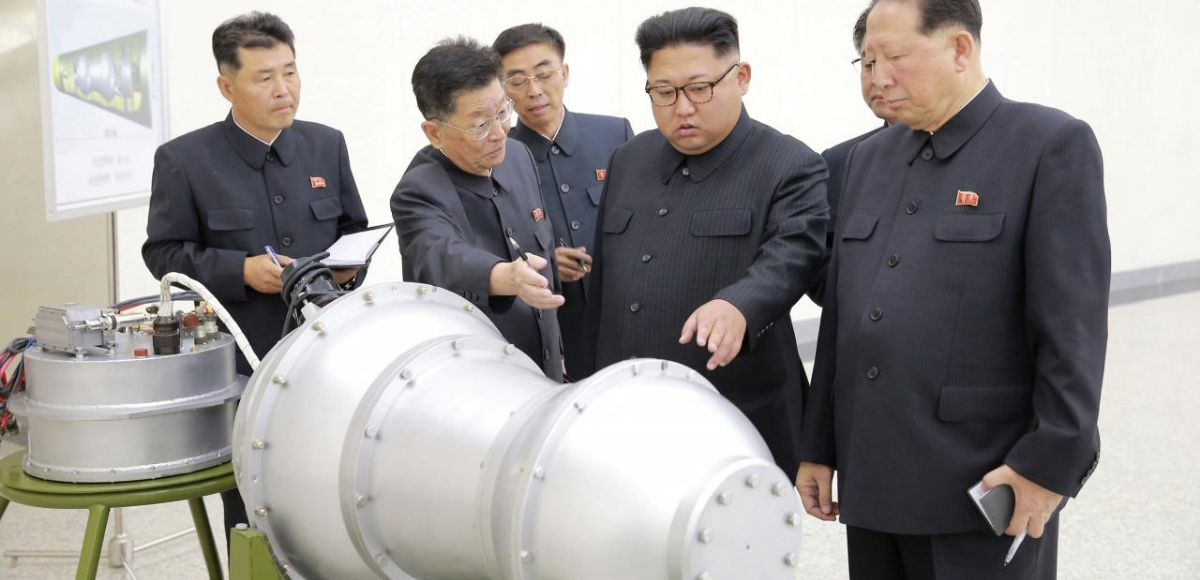
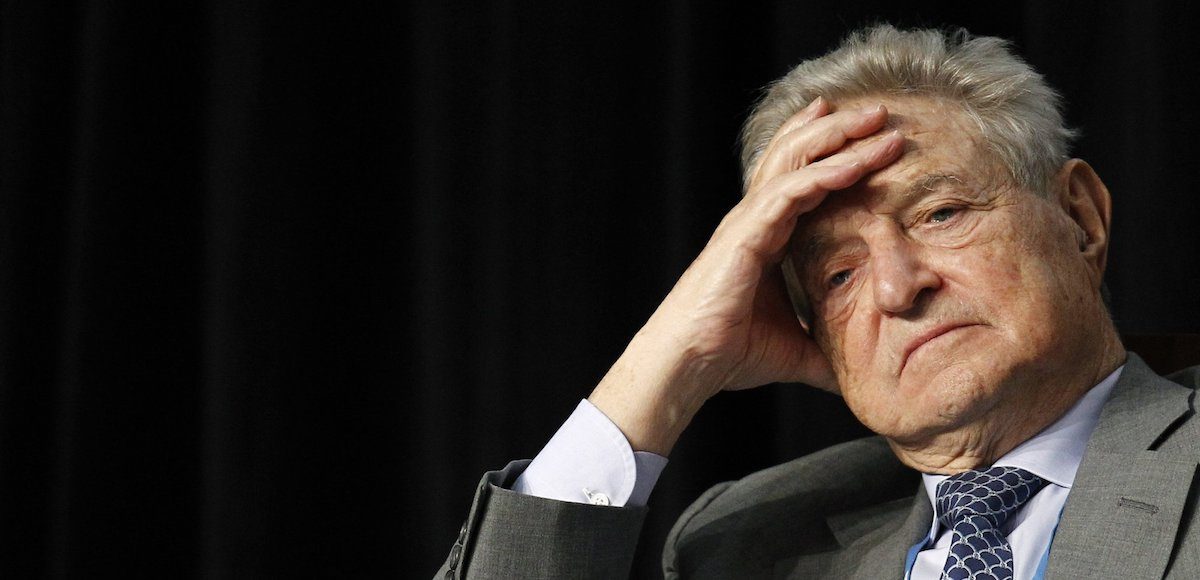

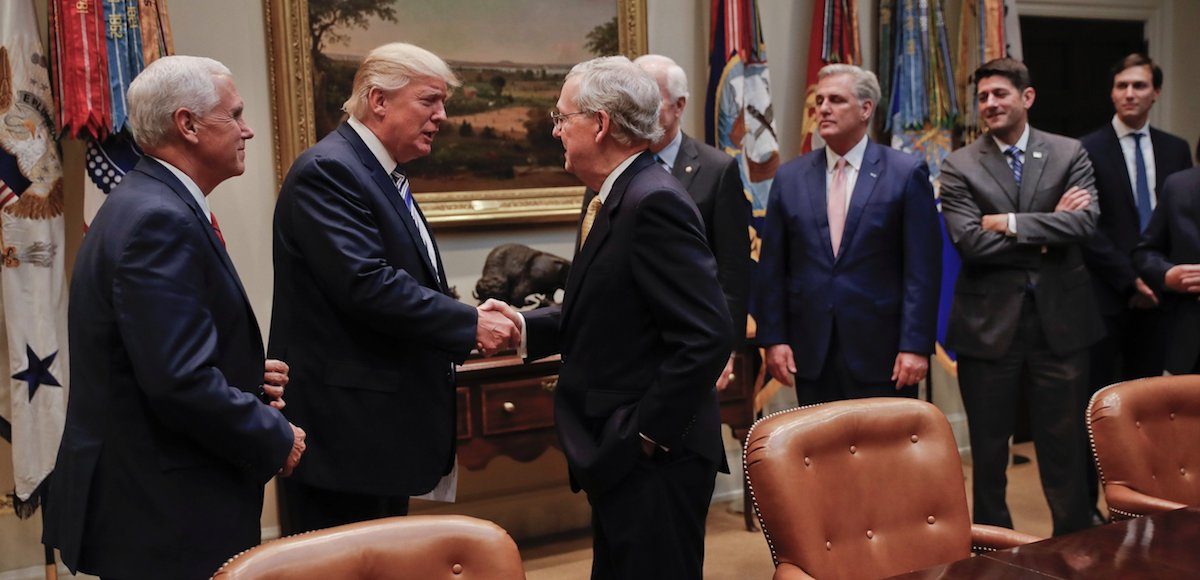
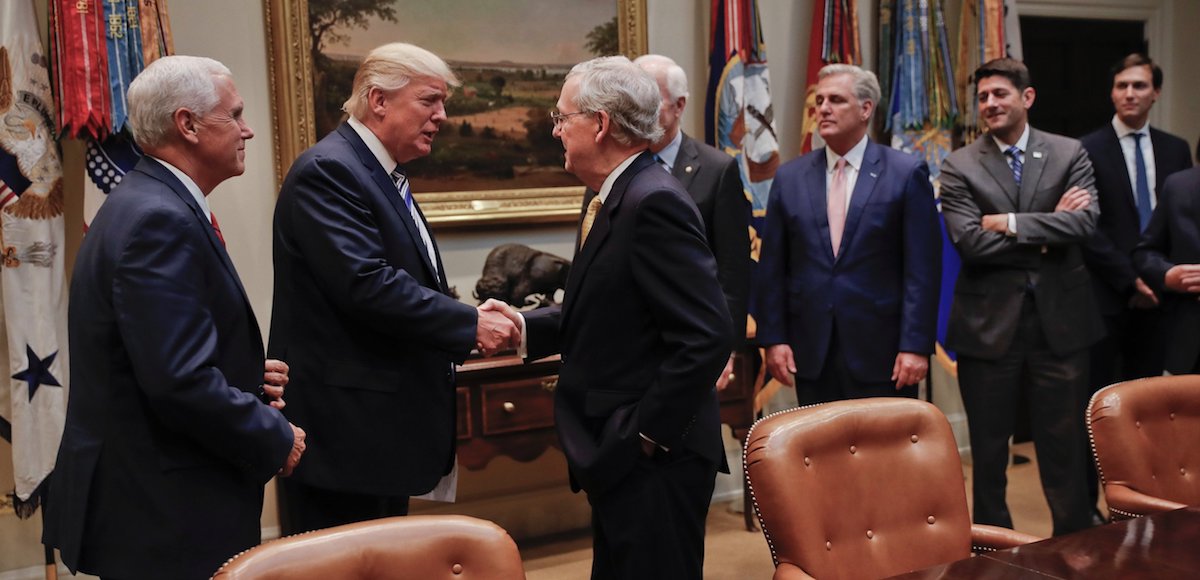


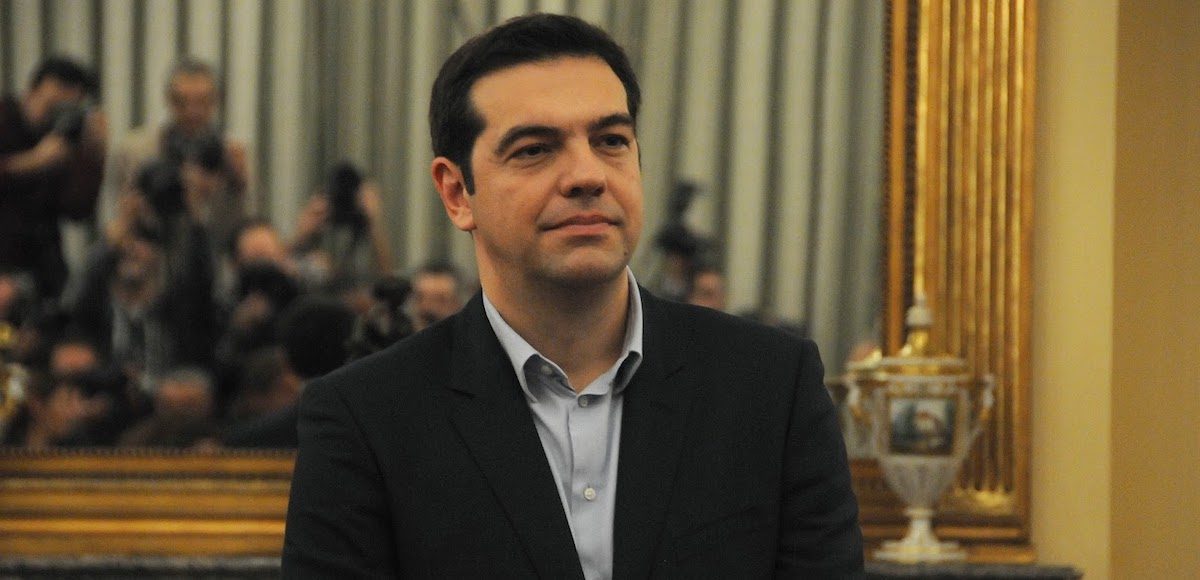
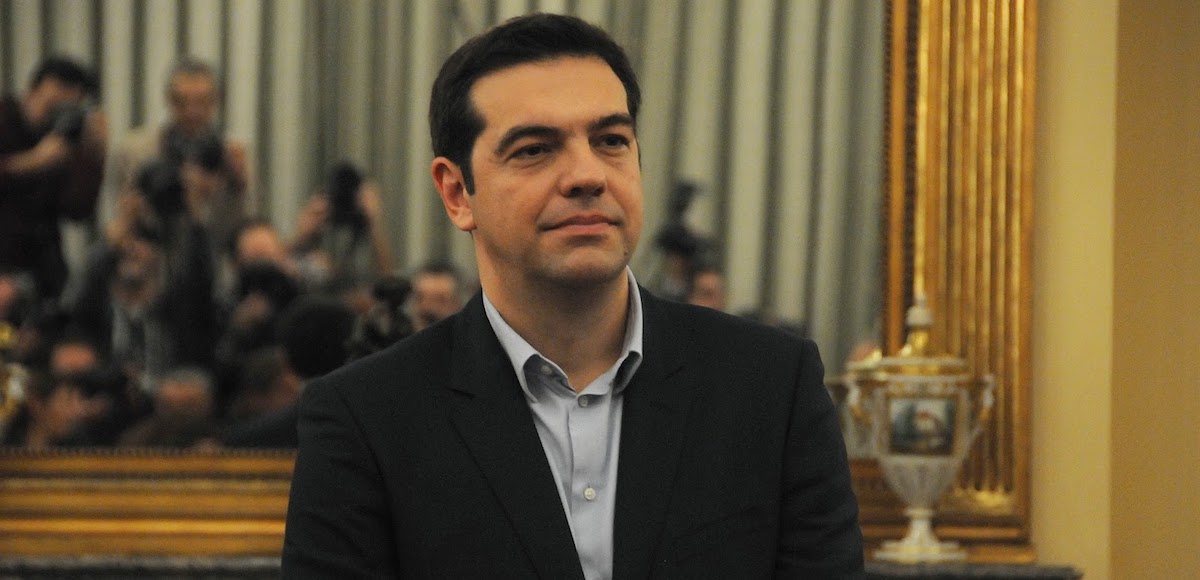
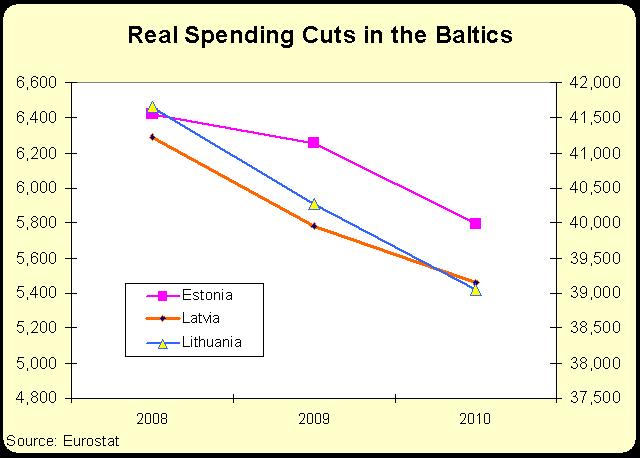 I’ve specifically praised Estonia on
I’ve specifically praised Estonia on 
